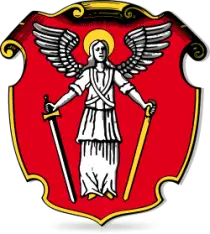One of the most important historical regions of Ukraine, the cradle of Kievan Rus and a center of modern Ukrainian identity.
This region is the birthplace of East Slavic statehood – as early as the 9th century, Slavic settlements existed here (including the Polans along the Dnieper).
From the 9th to the 13th century, Kyiv was the capital of Kievan Rus, a powerful state whose legacy is today disputed among Ukraine, Russia, and Belarus. In 988, Prince Volodymyr the Great baptized Rus, making Kyiv the center of Christianization in the region.
In 1240, Kyiv was destroyed by Batu Khan’s Tatars – the city’s fall symbolizes the end of Kievan Rus’ power. The region then came under the control of Lithuanian princes, and later – of the Polish Crown (from the Union of Lublin in 1569).
The Kyiv Voivodeship was one of the largest provinces of the Crown, encompassing much of eastern Ukraine. In the 17th century, the area was the stage of the Khmelnytsky Uprising (1648) and subsequent turmoil (Cossack wars, Muscovite and Ottoman invasions).
After the Pereiaslav Union (1654), the region gradually came under Moscow’s control.
At the heart of the region lies the Dnieper River – one of Europe’s largest waterways, of immense communication and symbolic importance. The landforms here belong to the Dnieper Upland – hilly, with ravines, steppes, woodlands, and riverine plains.
Modern oblasts historically tied to this region include Kyiv, Cherkasy, and parts of Zhytomyr, Poltava, and Chernihiv.




